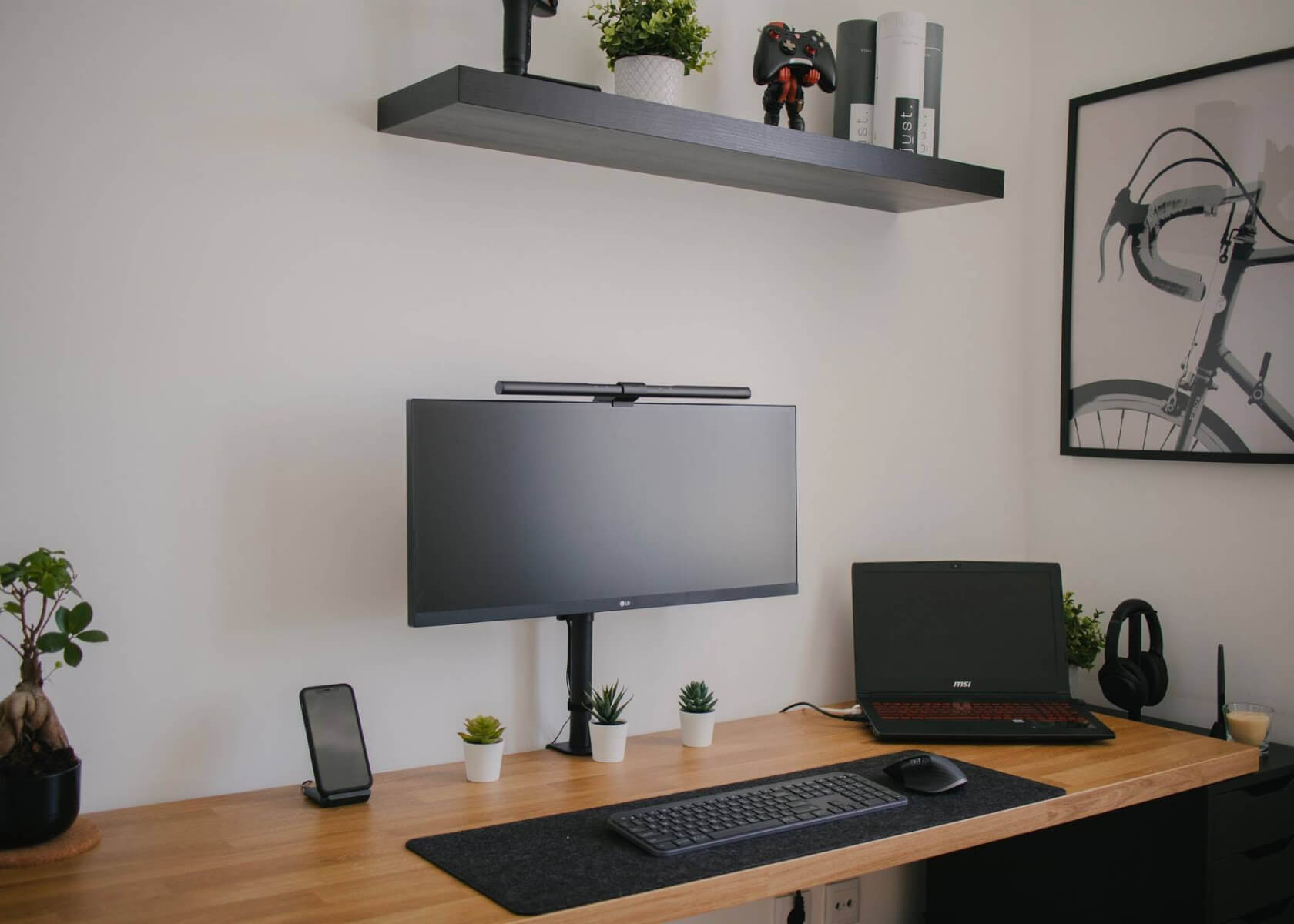Home Inventory and Organization System: A Complete Guide to Creating and Managing with Notion

New to Notion?
How to Create and Manage a Home Inventory and Organization System within Notion
Introduction
Keeping an accurate and organized inventory of your home possessions is essential for insurance purposes, moving, or simply staying organized. While traditional methods such as spreadsheets or physical journals can be effective, using Notion as an inventory and organization system offers numerous benefits. Notion is a versatile Productivity tool that allows you to create customizable databases, embed media, and access your inventory from multiple devices. In this article, we will guide you through the process of creating and managing a home inventory and organization system within Notion using its current features and best practices.
Setting Up Your Home Inventory Database
Start by opening Notion and creating a new page or database to serve as your main home inventory hub. Organize your inventory by creating separate pages for each category of items, such as furniture, electronics, or jewelry, so you can easily filter and manage them later.
Columns and Properties
Define the columns and properties that will be relevant for your home inventory. Common properties to include are:
• Item Name
This property stores the name or description of each item.
• Category
Set up this property (using a Select or Multi-select type) to define the type of each item (e.g., furniture, appliances, clothing).
• Purchase Date
Record when each item was purchased to help track age, warranty periods, or depreciation.
• Purchase Price
Enter the purchase price or estimated value for each item.
• Serial Number
For items like electronics, include a property to record serial numbers or model details.
• Details
Use this text property to add additional notes, specific features, or maintenance instructions.
• Photos
Attach photos by adding an "Files & Media" property. You can upload images directly from your device to visually document each item.
Views and Filters
Notion offers a range of views and filtering options to help you manage and visualize your inventory:
• Table View
The default table view provides a clear layout of all your items and their details.
• Gallery View
With the gallery view, you get a visual representation of your items via attached images, making it easy to identify items at a glance.
• Board or List Views
For those who prefer a different perspective, consider using a board view (similar to a Kanban board) or a list view to organize data.
• Filtered Views
Create filters to display items based on criteria such as purchase date, category, or room location. This helps in segmenting and quickly accessing specific subsets of your inventory.
Managing Your Home Inventory
Once your database is set up, these strategies will help you maintain an up-to-date and well-organized inventory system.
Adding Items to the Inventory
Populate your database by adding items one by one or in a batch session. For each item, fill in the details, attach photos, and ensure that properties such as purchase date and price are accurately recorded. This methodical approach will save time during audits or updates.
Updating and Deleting Items
As circumstances change—for example, when you sell, donate, or replace an item—update your database accordingly. You can modify item details or mark items by adding status properties, such as "active" or "removed." If an item is no longer part of your collection, remove it from your database to keep your records current.
Tracking Insurance Information
For insurance purposes, add additional properties to record relevant details, such as policy numbers, coverage amounts, and contact information for your providers. You can also attach scans of receipts or related documents to each item, ensuring that all necessary documentation is in one place.
Using Linked Databases
Take advantage of Notion’s linked database feature to connect related information. For example, create a separate database for receipts and link each receipt to its corresponding inventory item. This makes it easier to locate essential documents, especially for higher-value purchases.
Mobile Accessibility
One major benefit of using Notion is its seamless mobile integration. The Notion app is available for both iOS and Android devices, allowing you to access and update your inventory on the go. This means you can add photos, edit item details, or reference your inventory whenever needed.
Conclusion
Creating and managing a home inventory within Notion offers a convenient and efficient way to keep track of your possessions. By leveraging Notion’s customizable database features, multiple view options, and mobile accessibility, you can maintain an organized system that grows with your needs. Start building your home inventory today and enjoy the peace of mind that comes from knowing your valuable information is always at your fingertips.


